Consider a single button.
At one extreme, we have a black OpenGL window, with:
- outline (in white) of a rectangle
- bitmap remdered font inside of it, saying "Ok"
At the other extreme, we have Mac OS X, a button that is:
- well rounded
- has some gradient showing light effects on it
- nice antialiased "OK"
- soft shadow of some sort
These two UIs present very very different user experiences. The former says "This is from the 80s" the latter says "this is professional".
This is something I do not understand well as a programmer (and don't know where to learn about this).
Does anyone know of a good technical resource for this? [I'd prefer things that draws upon psychology / perception literature to say why to do something rather than design books that just says "use color XYZ with a gradient of blah"]
